Microgrids; Champion of the Indoor Vertical Farming Pesky Energy Problem
Energy requirements in indoor vertical farming take up a whopping 60% of the farm’s operating costs.
Why then invest in indoor vertical farming? Well, there’s an increasing population with projections indicating a major increase in urban centers.
Vertical farming enables cultivation in urban centers by utilizing warehouses, skyscrapers, and shipping containers. Hence utilizing any indoor space and growing more by cultivating vertically, utilizing both horizontal and vertical grow space.
Indoor vertical farming has numerous advantages including fresh, better-tasting food and a low carbon print. However, there’s the energy demand issue.
A typical vertical farm may consume up to 38.8 kWh per kg of the harvested crop. This can add up to 5 kg C02 for every kg of the finished product.
Can indoor vertical farming be sustainable with such high figures? This is where microgrids come into play. A microgrid helps you take control over the energy you generate among other functions that we shall get to discuss.
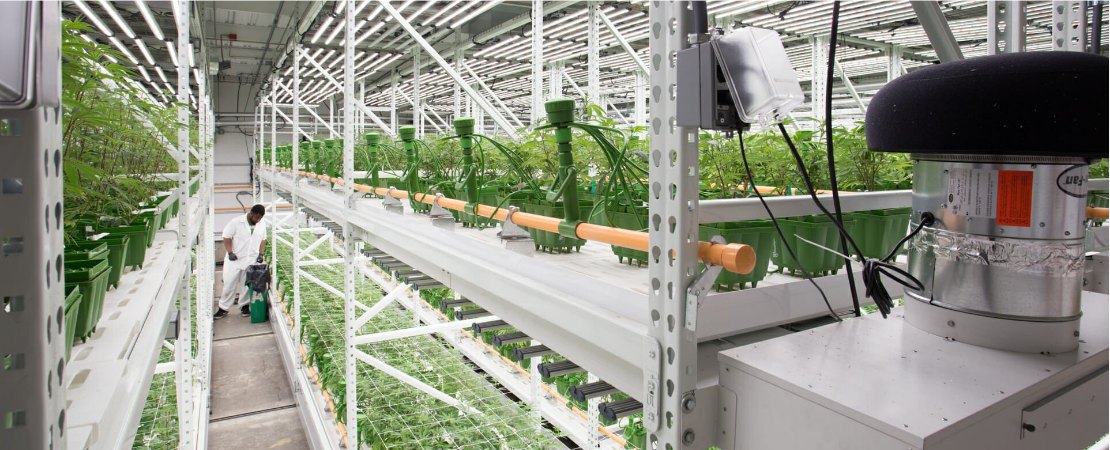
Sustainability in Indoor Vertical Farming
Sustainability in agriculture aims at having the present society meet its food needs without affecting the future generation’s ability to meet its own needs.
Indoor vertical farming is an agricultural solution geared at meeting the food needs of the present. It’s also an innovation aimed at solving the projected problem of population growth in urban centers.
Some of the sustainability initiatives achieved through vertical farming include
- Low water use by employing the use of hydroponics and aeroponics farming methods
- Reduced use of fertilizers hence less pollution of water sources
- Increased use of land per square foot by growing vertically.
- All-year growth of crops since its independent of outside weather conditions
- Reduced transportation hence reduced carbon footprint by bringing produce closer to the consumer
These are some of the accolades that award vertical farming golden stars in enhanced sustainability.
However, indoor vertical farming relies on Controlled environment agriculture technology (CEA), which entails installing power-consuming environment conditioning equipment.
These equipment include HVACS, irrigation and fertigation systems, CO2 burners, and lighting equipment.
All these systems rely on electricity and depending on the size of the operation can have your farm consume anywhere from 500 kW to 15 MW of power. Energy needs that exceed or are equivalent to running data centers or a retail box store.
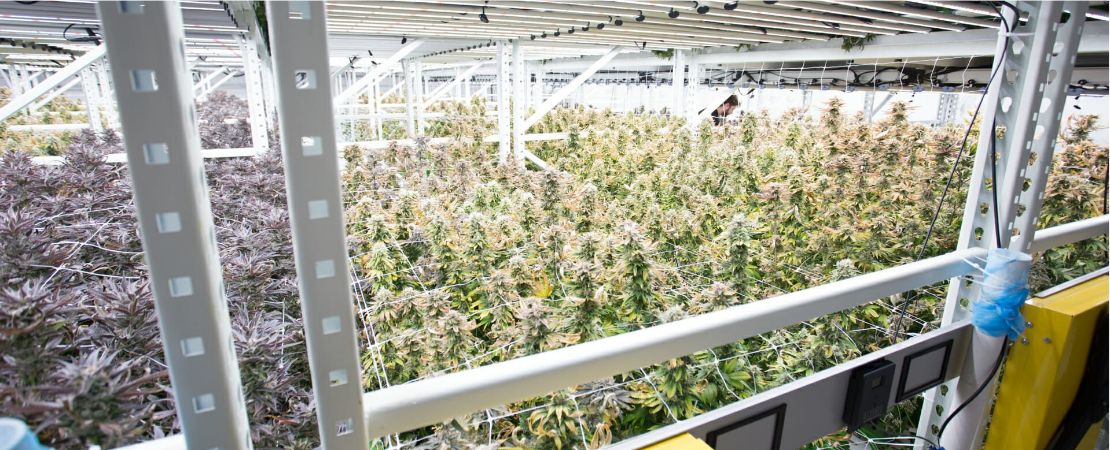
The Microgrids Solution to the Indoor Vertical Farming Energy Demands
Indoor vertical farming can’t do away with this equipment as they are the essence of the farming method. Moreover, power outages can really hamper yields and quality of produce resulting in losses.
Microgrids are a solution making headway into indoor agriculture to sustain its reputation as a sustainable method of agriculture and also as a buffer from potential losses from inconsistencies such as power outages or fluctuations.
What Are Microgrids in Indoor Vertical Farming?
A microgrid is a self-sufficient energy system operating independently of the main grid, allowing you to generate and use your own electricity for your indoor vertical farm.
Microgrids combine various forms of electricity production such as wind and solar energy and combined with intelligent software solutions and battery systems provide your farm with the energy requirements necessary.
With microgrids being independent of the mains you can have an uninterrupted power supply for your indoor farm which is crucial for an efficient grow op.
Advantages of Microgrids
- Save on peak demand charges.
- Consistent power supply even with power outages.
- Lowered carbon footprint on indoor vertical farming. Microgrids utilize various green power production technologies like solar, fuel cells, wind, combined heat and power (CHP) plants, and batteries.
- They improve the operation and stability of the regional electric grid
- Provide a new revenue stream through ancillary service programs.
Disadvantages of Microgrids
- The system is costly.
- The system is technical. This creates a demand for experts who aren’t in plenty, with microgrids being a relatively new concept.
- High maintenance costs and space requirements as you require battery tanks to store energy.
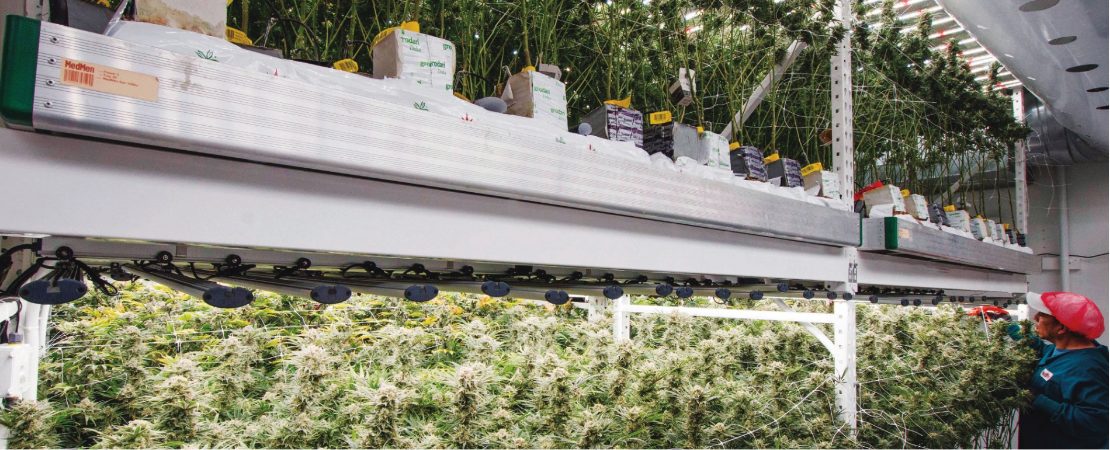
Upcoming Solutions to Enhance Microgrids for Efficient Indoor Vertical Farming
For microgrids to run independently there are quite a handful of mechanisms that need to be regulated. Some of the complexities include
- For microgrids to function properly, the aggregate system’s voltage, power, and flow must be controlled.
- Microgrids require a connection interface to the utility network that functions primarily as a circuit breaker.
- Microgrid islanding. This attribute is what gives the microgrid its independence from the main grid. However, at the start of Microgrid Islanding, power flows must be balanced through energy absorption and injection capability.
- Regulating the sudden phase voltages and currents at the point of coupling
All these are functions that need to be automated to kick in like clockwork; otherwise, any delays could result in high costs due to the system not functioning efficiently.
The grand scale of tasks needed to install and manage these systems calls for solutions to ease the workload and lower costs.
Energy as a service (EaaS) is a solution to help indoor vertical farmers avoid huge capital expenses by having a fixed monthly rate that pays for all aspects of the microgrid system. The factors considered range from the design to the construction and maintenance of the system.
Starting an indoor vertical farm is an expensive endeavour in and of itself. Installing a microgrid raises the initial costs even more.
EaaS technology allows you to easily track and manage your energy costs. You can also examine your operation’s efficiency, dependability, and carbon footprint.
Incorporating EaaS into your Microgrid systems brings you a step closer to achieving the sustainability goals of your indoor vertical farming operation.
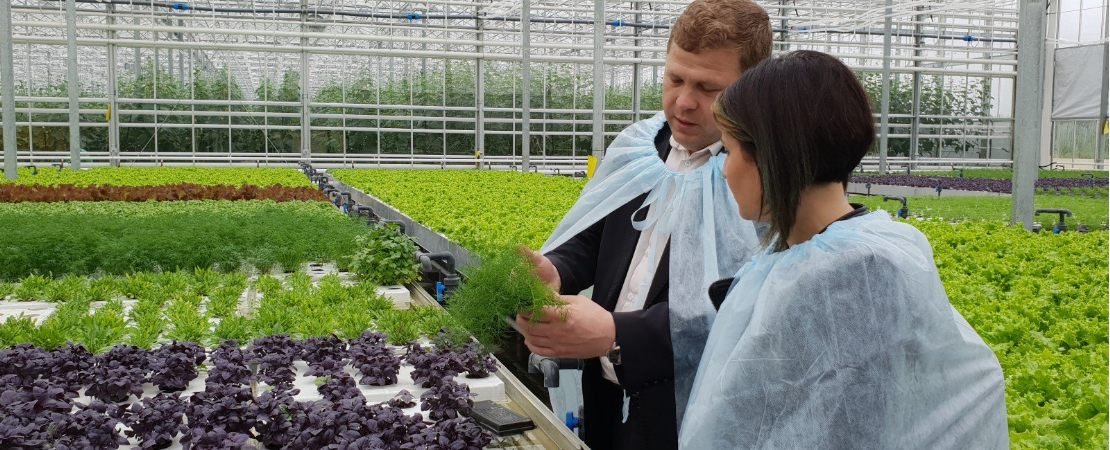
Common Indoor Vertical Farming Equipment
When it comes to making savings on your energy costs, going vertical helps you optimize not only available space but also the output of your environment conditioning equipment.
Rather than purchasing high-grade equipment for servicing only horizontal beds. The same equipment can be used for stacked beds getting more done for the same energy used.
Don’t get me wrong: going vertical is expensive, at first. However, it provides a good ROI in the long run by producing more yields. As a result, getting your installation right the first time is the key to a successful indoor vertical farming venture.
MMI Agriculture is an experienced vertical farming installation company. We provide you with quality indoor vertical farming equipment to get you started and succeed in the industry.
Some of our indoor vertical farming equipment includes
- Vertical grow racks. Utilize your available grow space horizontally with our versatile uprights. These indoor vertical farming equipment are made of 14 gauge steel to comfortably support the weight of your crops and your workers as they tend to them.
- Mobile carriages. These are high-density vertical grow racks with mobile capabilities that allow you to eliminate wasted space in the form of static aisles. These heavy-duty vertical racks carry up to 1400 pounds allowing you to grow more in your grow space.
- Tabletop caster units. Are you looking to start a midsized operation? Our tabletop caster units will get you started smoothly. The uprights are fitted with caster wheels allowing smooth transitions between rooms. Moreover, when you are content you can lock them in place and watch your crops flourish.
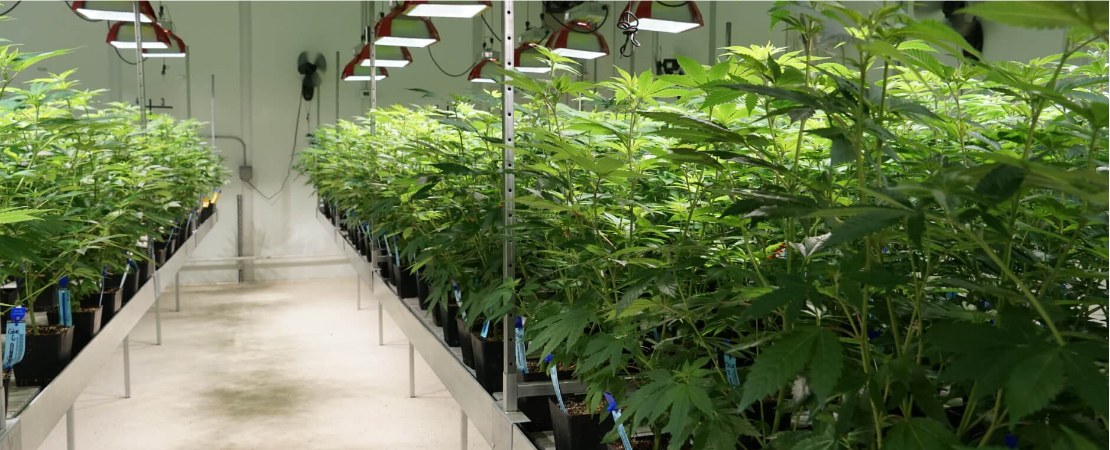
Facilitate Profitable Indoor Vertical Farming With MMI Agriculture
Indoor vertical farming has a big energy consumption problem. The cultivation method boasts of being a champion for increased sustainability in agriculture.
The energy requirements threaten its podium status. Then again, the incorporation of microgrids to provide sustainable energy for indoor farms may still sustain the cultivation method’s potential.
At MMI Agriculture we aim to provide solutions that help you successfully transition into indoor vertical farming.
We help you get started with free floor plan drawings. Moreover, we help you do capacity evaluations, and permit acquisitions among other services to keep you on the roadmap to profitability in indoor vertical farming.

